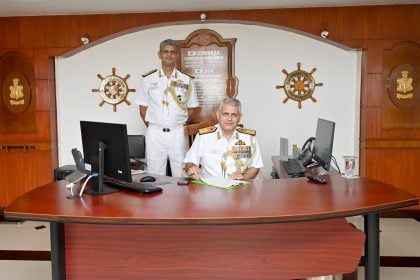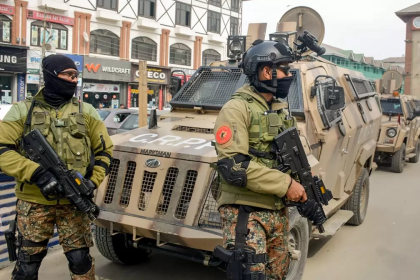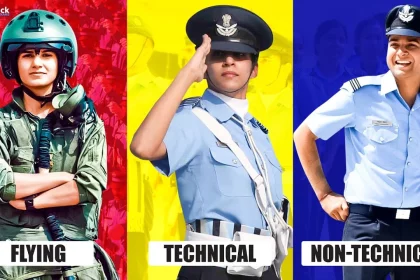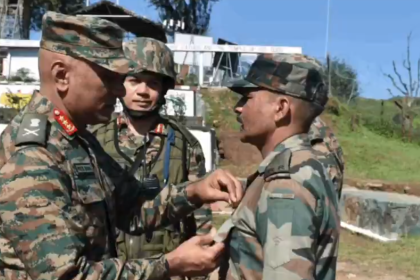Rear Admiral Vikram Menon Takes Charge as Flag Officer Commanding, Karnataka Naval Area
New Command Leadership at INS Kadamba Marks Strategic Milestone for Indian Navy.
Centre Deploys 3 CRPF Battalions in Jammu to Lead Counter-Terrorism Operations
Rashtriya Rifles units to be re-assigned; CRPF to take charge in Udhampur and Kathua under new security strategy.
All Branches of the Indian Air Force Explained
The Indian Air Force (IAF) is one of the most formidable air arms in the world, structured into specialized branches…
Lieutenant General Pratik Sharma Praises Troops in Rajouri & Kishtwar for Resilience and Humanitarian Assistance
Northern Command Chief lauds Army’s swift response during Chishoti cloud burst and ongoing counter-terror operations.
Pakistan Supreme Court Grants Bail to Imran Khan in May 9 Violence Cases
The former PM still remains in Adiala Jail due to conviction in the Al-Qadir Trust graft case.
Former IAF Chief Advocates for Tejas MkII Over Additional Tejas Mk1A, Citing Superior Capabilities
Air Chief Marshal R.K.S. Bhadauria (Retd.) says MkII is more future-ready; MoD prioritises Mk1A for faster induction.





